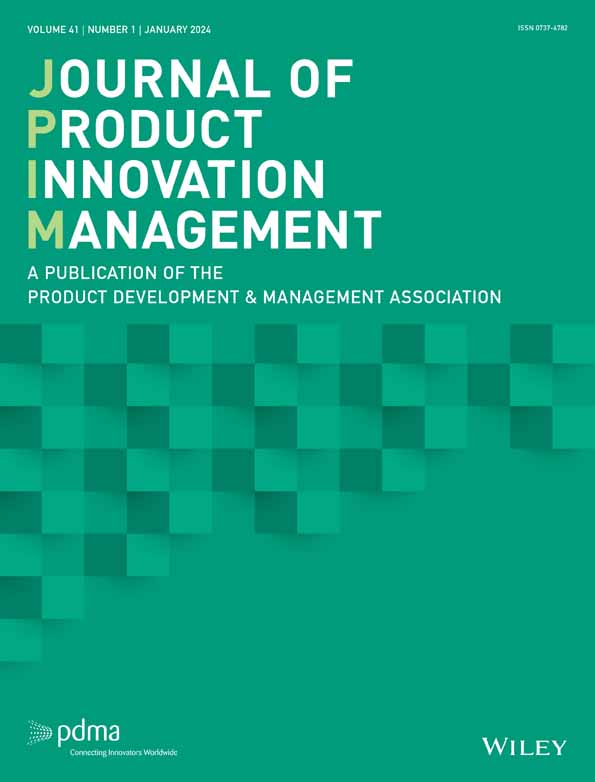Combinations of heterogeneous knowledge from different scientific domains may drive highly innovative outcomes. Our study investigates whether firms can benefit from interdisciplinary research and development (R&D) activities by also reflecting on the potential negative consequences of increasing complexity of outcome validation activities at later stages of innovation processes. We explore which resources and organizational capabilities may influence the efficacy of interdisciplinary R&D activities. We examine whether the available financial slack, collaborations with universities, and a high betweenness centrality in scientific networks may promote the flexibility, scope, and efficiency of knowledge integration, and thus moderate the direct and mediated relationships between the degree of interdisciplinarity (DoI) of a firm's R&D activities and innovation performance. To test our hypotheses, we performed an analysis of medical technology firms that are highly dependent on interdisciplinary R&D. We collected a panel dataset of R&D activities and successful market launches of new products from 79 large medical technology firms between 1997 and 2021. The measurement of a firm's DoI is based on a novel approach involving neural networks in a bibliographic data graph. Our results suggest that firms can improve their innovation performance if they conduct interdisciplinary R&D activities. However, higher levels of DoI also increase the complexity of the required outcome validation, which reduces a firm's innovation performance. We also found that high levels of financial slack help to overcome barriers of implementing interdisciplinary R&D activities. Collaborations with universities, and good access to knowledge in scientific networks, further foster interdisciplinary knowledge application in new product development.



